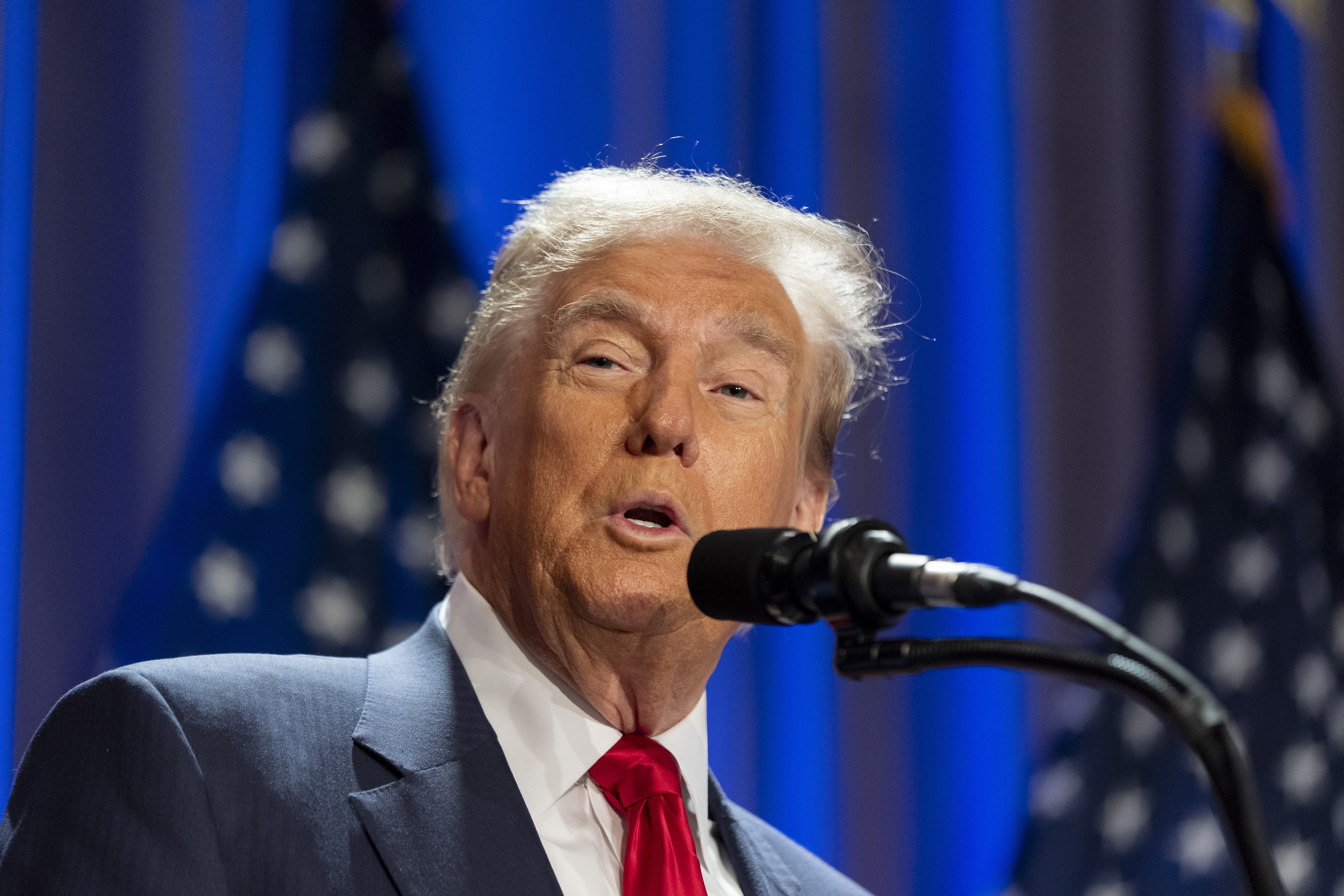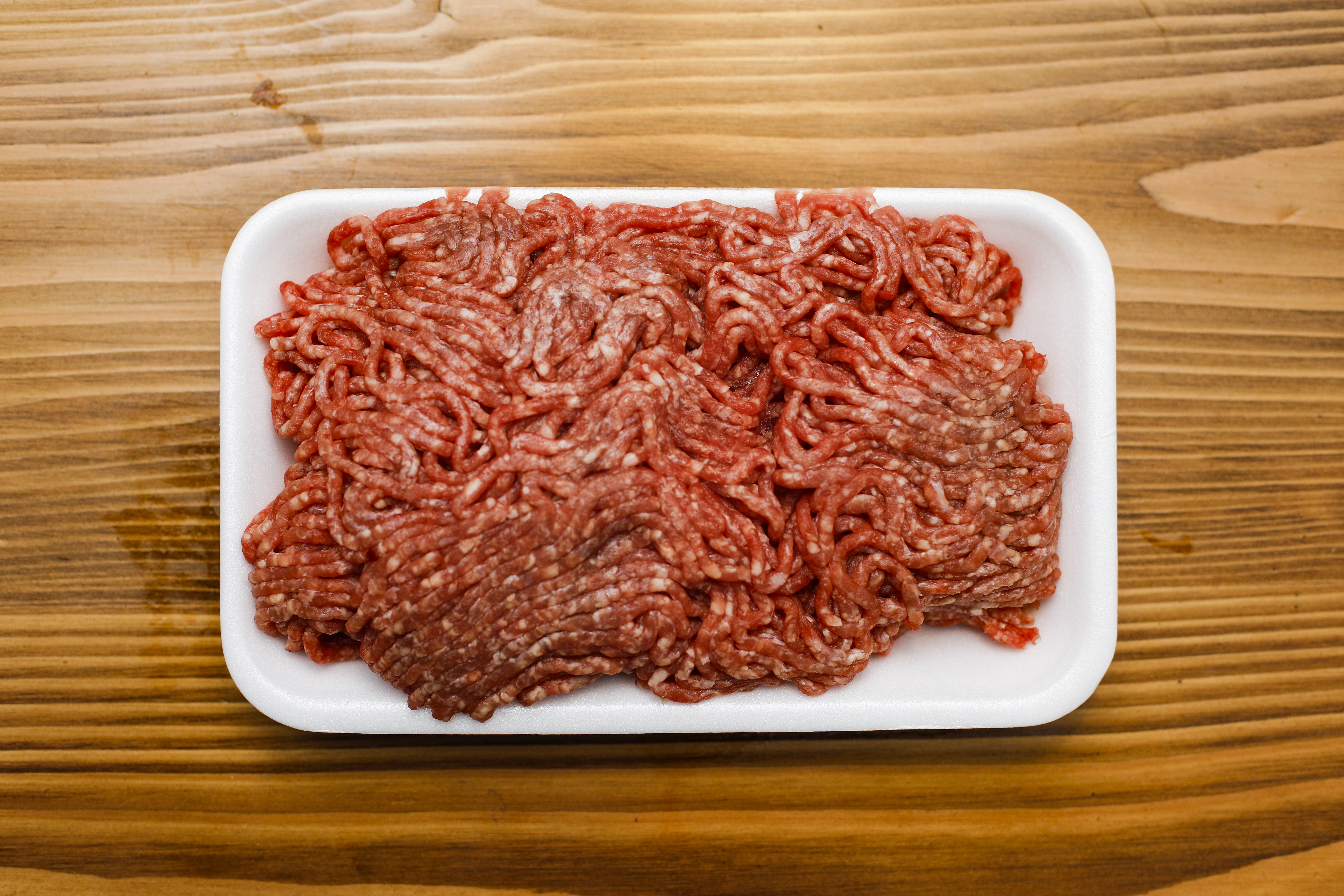A tropical depression has formed in the Caribbean Sea and may become a hurricane threat for the western Caribbean and Southeast U.S. next week, the National Hurricane Center announced Friday.
Tropical Depression Nine has maximum sustained winds of 35 mph is currently located 615 miles east-southeast of Kingston, Jamaica, moving west-northwest at 13 mph.
It's expected to strengthen to a tropical storm, which is a cyclone with sustained winds of 39 to 73 mph, later Friday and receive a name: Tropical Storm Hermine.
Here's why Tropical Depression Nine would be named Hermine, and how storms get there names:
Why Do We Name Hurricanes?
The history of naming hurricanes dates back to the 1800's, with the earliest evidence of named storms found in Puerto Rico. People on island nation would name storms after the saint of the day from the Roman Catholic liturgical calendar for the day on which the hurricane struck.
Get Tri-state area news delivered to your inbox. Sign up for NBC New York's News Headlines newsletter.
For example, there was "Hurricane Santa Ana," which struck Puerto Rico with brute force on July 26, 1825, and "San Felipe the first" and "San Felipe the second" which hit Puerto Rico on Sept. 13 in both 1876 and 1928, according to NOAA.
U.S. & World
Until the early 1950s, U.S. scientists tracked tropical storms and hurricanes by year and the order in which they occurred during that season.
However, they quickly realized that naming storms before they hit land reduced confusion when communicating advisories in cases where multiple storms were swirling in a region at the same time.
In 1951, the U.S. began naming storms, initially using a phonetic alphabet (Able, Baker, Charlie) before changing it to all female names in 1953, according to NOAA.
The practice of naming hurricanes solely after women came to an end in 1978 when men's and women's names were included in the Eastern North Pacific storm lists. In 1979, male and female names were included in lists for the Atlantic and Gulf of Mexico.
How Do Hurricanes Get Their Names?
The National Hurricane Center doesn't decide the names of tropical storms. That role is the job of the World Meteorological Organization, a special international committee of scientists.
For Atlantic hurricanes, there six lists of 21 names — one for each letter of the alphabet except for letters Q, U, X, Y, or Z due to limited availability — that are used on an annual rotation. The only time that there is a change is if a storm is so deadly or costly that the future use of its name on a different storm would be inappropriate. If that occurs, the committee retires that name and replaces it with another. Hurricanes Andrew, Sandy, Hugo and Ida are all examples of retired storm names.
When the number of named storms in a season exceeds 21, the WMO uses a supplemental list of names beginning at the start of the alphabet with the letter A. This supplemental list is a new change to the system. Until 2021, the organization used Greek letters when the Atlantic ran out of names for the year. However, the committee said the practice was confusing because the letters Zeta, Eta and Theta sounded so similar it caused problems.
The WMO has retired 94 hurricane names in the Atlantic because of a storm’s deadly history and 12 of them started with the letter I. No other letter is even close. National Hurricane Center senior hurricane specialist Daniel Brown, who is on the WMO committee, told the Associated Press the reason is probably because hurricanes get named in alphabetical order and “by the time we get to the I name we’re into the peak hurricane season” and the storms are the type that live longer and are stronger.
What Are the Names of the Hurricanes for 2022?
Alex, Bonnie, Colin, Danielle, Earl, Fiona, Gaston, Hermine, Ian, Julia, Karl, Lisa, Martin, Nicole, Owen, Paula, Richard, Shary, Tobias, Virginie and Walter.



